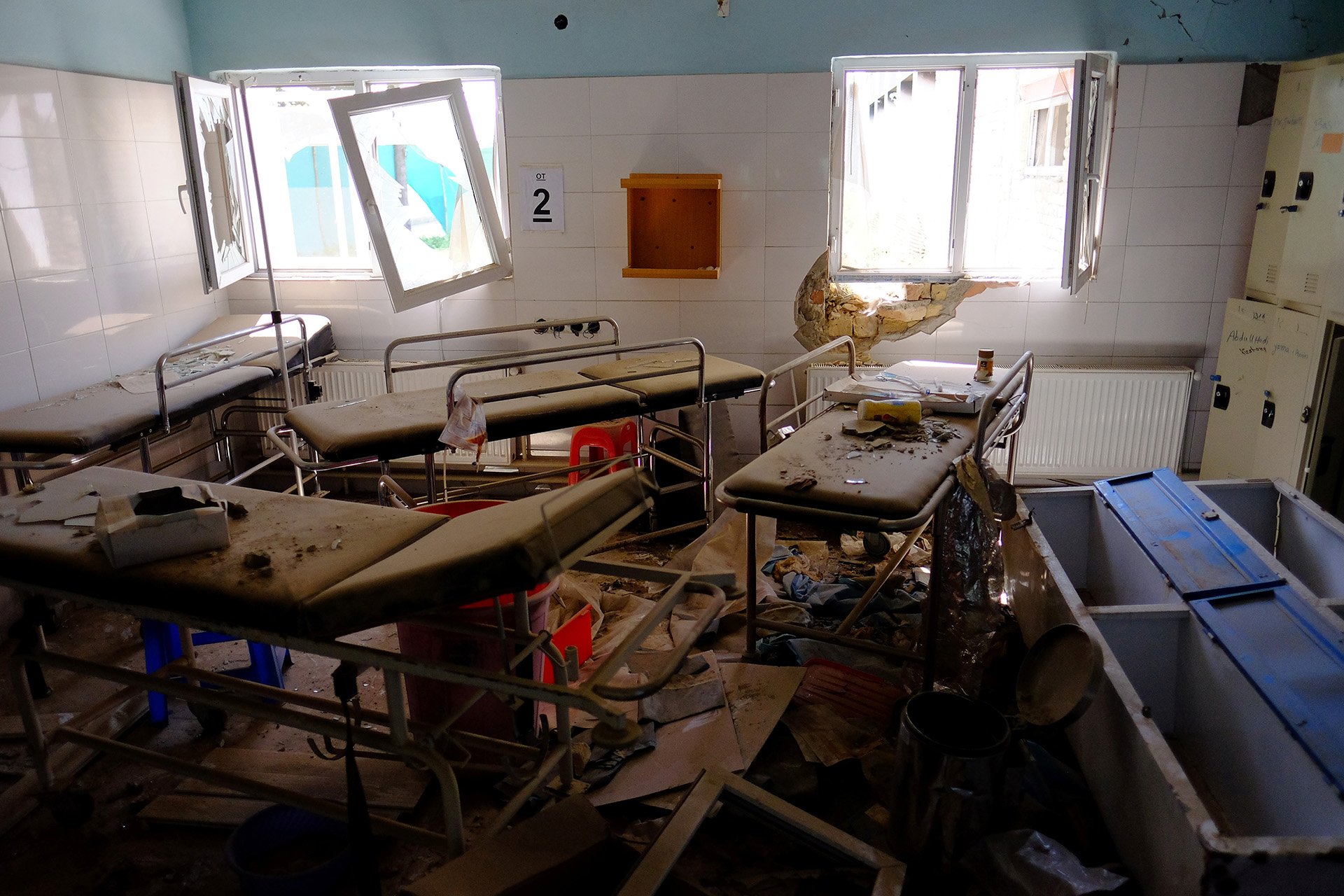Afghanistan’s civilian casualties are rising, but the people tasked with tracking conflict deaths and injuries often find starkly different results.
Both the UN and the NATO-led Resolute Support mission, commanded by the US military, count civilian deaths and injuries.
The NATO mission frequently reports fewer casualties than the UN. But there’s an even wider gap when figuring out who’s to blame – militant groups like the Taliban and so-called Islamic State, or pro-government forces, which include the Afghan army and international militaries.
The UN’s latest figures found about a quarter of 8,239 civilian casualties from January through September this year were caused by pro-government forces, including 15 percent blamed on Afghan security forces and eight percent on international militaries.
The NATO mission’s statistics, on the other hand, show a far lower proportion: only three percent of the 7,260 casualties it counted were caused by Afghan security, and only two percent by international forces. The NATO figures were released 31 October through the Special Inspector General for Afghanistan Reconstruction (SIGAR), which reports to the US Congress on how American funds are spent.
The UN attributed 62 percent of total casualties to militant groups, while the NATO numbers said a full 90 percent of deaths and injuries were caused by insurgents.
The discrepancy is even more striking when counting only civilian deaths, rather than total casualties including injuries. The UN said pro-government forces have killed 1,149 civilians this year, mainly in airstrikes and search operations – only 58 fewer than the number of deaths blamed on militant groups.
“We are fighting in a complex environment against those who intentionally kill and hide behind civilians.”
The NATO casualty statistics published by SIGAR don’t include a breakdown for civilian deaths. But in its own tally released in May, the US Department of Defense said US forces killed 76 Afghan civilians in 2018 – a year in which the UN counted 406 civilian deaths by international military forces.
Why the wide gap? The UN and the NATO mission differ in how they verify casualties – and often in who they classify as a civilian.
The UN says its staff try to investigate each casualty through witnesses on the ground where possible. Each verified casualty needs at least three independent sources, which can include victims, witnesses, medical staff, local authorities, community leaders, or confirmation from combatants. The UN considers civilians to be people who aren’t members of armed forces or an armed group.
The NATO mission and US officials, however, say their teams have access to more forensic data, including video, aircraft mission reports, and intelligence reports.
“We are fighting in a complex environment against those who intentionally kill and hide behind civilians, as well as use dishonest claims of non-combatant casualties as propaganda weapons,” the Resolute Support mission said in response to a separate report on civilian deaths released by Human Rights Watch last week.
But Human Rights Watch says the US and Afghan authorities have a poor record when it comes to investigating civilian airstrike deaths, including an “unwillingness to interview witnesses and obtain other evidence on site”.
Airstrikes and night raids
The UN and rights groups say civilian casualties caused by Afghan and international forces are driven by a rise in airstrikes and search operations to capture insurgents. The latest UN statistics show casualties from airstrikes have surged to their highest total in a decade:
Separate US Air Force munitions statistics also show a corresponding rise in airpower, from 54 “weapons released” by piloted aircraft or drones in January 2017 to almost 950 in September 2019.
Human Rights Watch says rising airstrike casualties could be a direct result of US policy changes in 2017 that allowed Afghan forces to call in airstrikes without their US counterparts being there to identify the targets.
Airstrikes and search operations can trap civilians and humanitarian groups in the middle. In Afghanistan, local NGOs contracted by the government are often responsible for healthcare in rural areas contested by militants. This means health workers face threats from both sides – militants who believe they support the government, for example, or Afghan soldiers who accuse them of helping the Taliban by treating wounded fighters. Under international humanitarian law, medical staff cannot be punished for performing their duties.
In July, Afghan soldiers raided a health clinic run by aid group Swedish Committee for Afghanistan in Wardak Province, west of Kabul, and shot at least four people, including two SCA employees. Human Rights Watch says the raid was carried out by an Afghan paramilitary unit trained by the US Central Intelligence Agency, whose operations in Afghanistan are separate from the NATO mission. In 2016, special forces raided the same SCA clinic in Wardak.
Conflict has closed at least 180 clinics and killed 19 health workers in Afghanistan this year, according to the World Health Organisation.
While the UN and NATO mission figures may be far apart when it comes to determining who’s responsible for civilian deaths, they do agree on at least one thing: casualties are rising, whichever way the numbers are counted.
Casualties recorded by the UN from July through September, when violence linked to Afghanistan’s presidential election spiked, were 42 percent higher than the previous year. The NATO mission’s tally for June through September found a 39 percent increase over the same period last year.
il/ag




